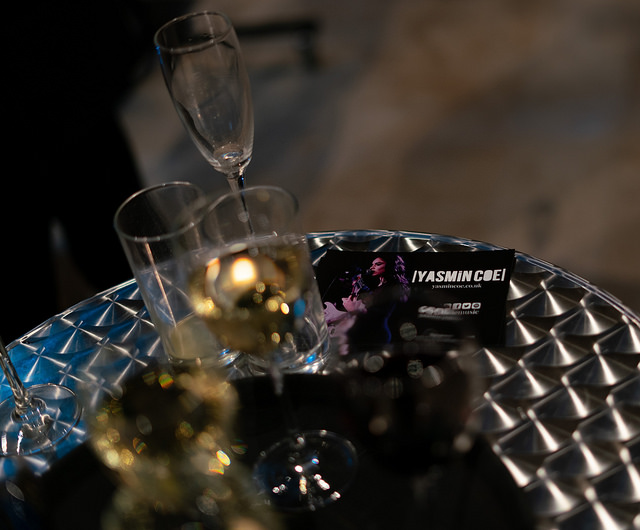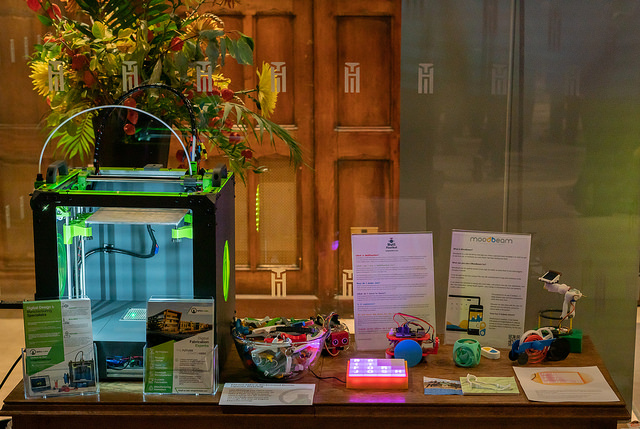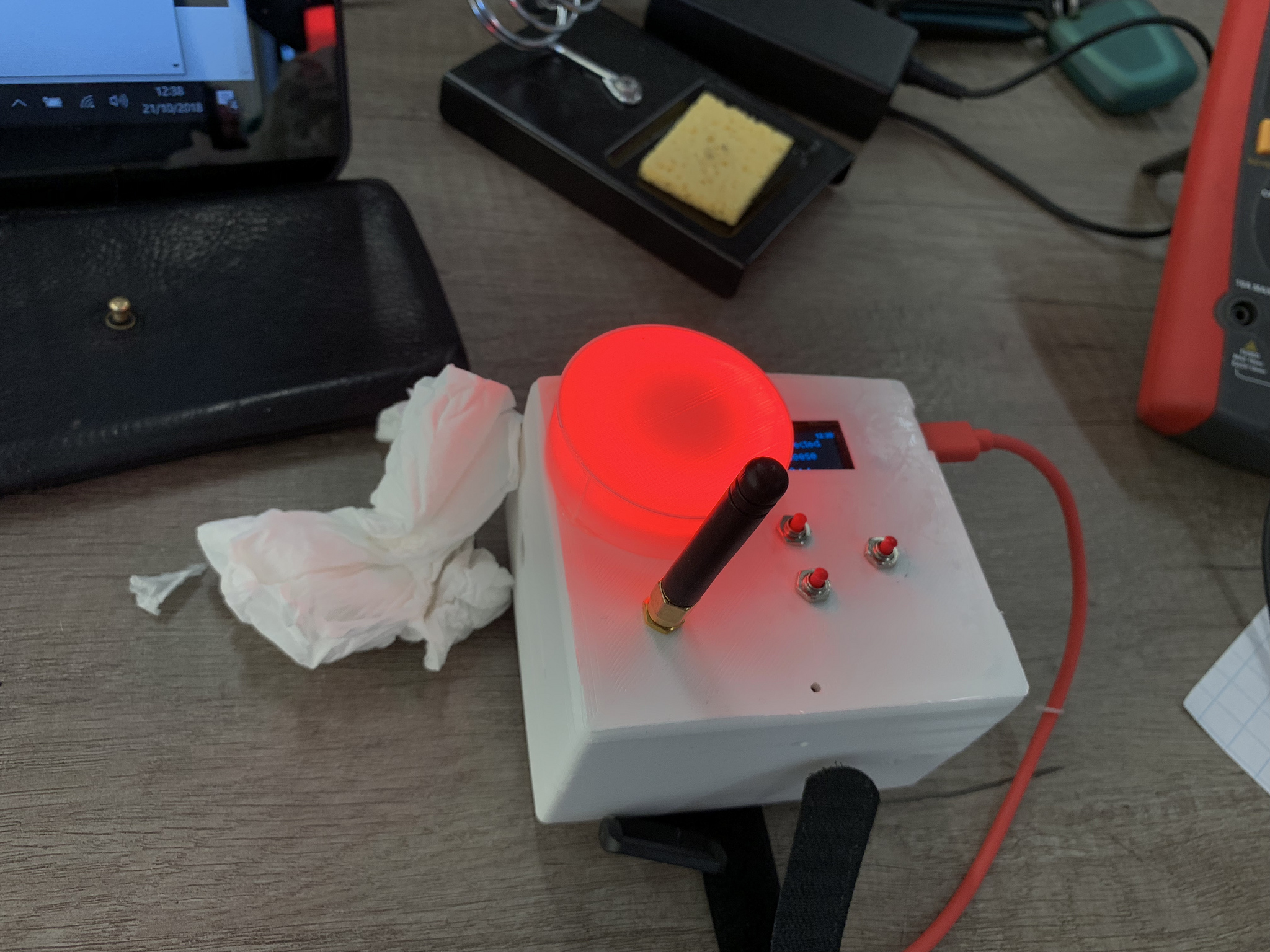Using Three Serial Ports with the Heltec LoRa 32
/Prototype and “floral” version
I’m making pretty good progress with the Air Quality sensor. I’ve now got a command protocol running between the devices and MQTT or LoRa. As you can see above, I now have the ability to customise the splash screen. Which is very useful if you like cheese.
Anyhoo, I’ve decided that the sensor really needs GPS so that each air quality reading can be tagged with location. I can configure fixed latitude and longitude values into the device, but for real portable usefulness we need it to be location aware.
Getting a GPS device wasn’t a problem, I had one lying around. But connecting it to the Heltec processor that I’m using was more tricky. I’ve got one serial port I want to use as a connection to the host computer and another that I’m using to connect to dust particle sensor. But now I need a third connection for the GPS receiver.
After some rather unsuccessful fiddling with different kinds of software serial connections I decided that it was best to go back to first principles and see if the hardware had anything to offer.
It turns out that it does. The ESP32 chip that the Heletc uses actually contains three serial ports. The problem is that they are not always connected to pins that you can access easily. But the good news is that the ESP32 chip is capable of mapping functions to pretty much any pin and the Heltec libraries take advantage of this. You can map the transmit and receive functions of a serial port when you open it:
HardwareSerial GPS_Serial(2);
GPS_Serial.begin(9600, SERIAL_8N1, 13, -1);
The first statement creates a hardware serial port. The second sets it to receive from pin 13. I don’t really want to transmit anything to my GPS device at the moment (I’m a bit short of spare pins to be honest) and so I’ve set the TX pin to number -1 which means “Don’t use this port for transmit”.
It works a treat. And thanks to this fantastic library I’m now tagging sensor readings with location. The next thing to do is re-design the case to take the GPS sensor and print another flower for the top.





























